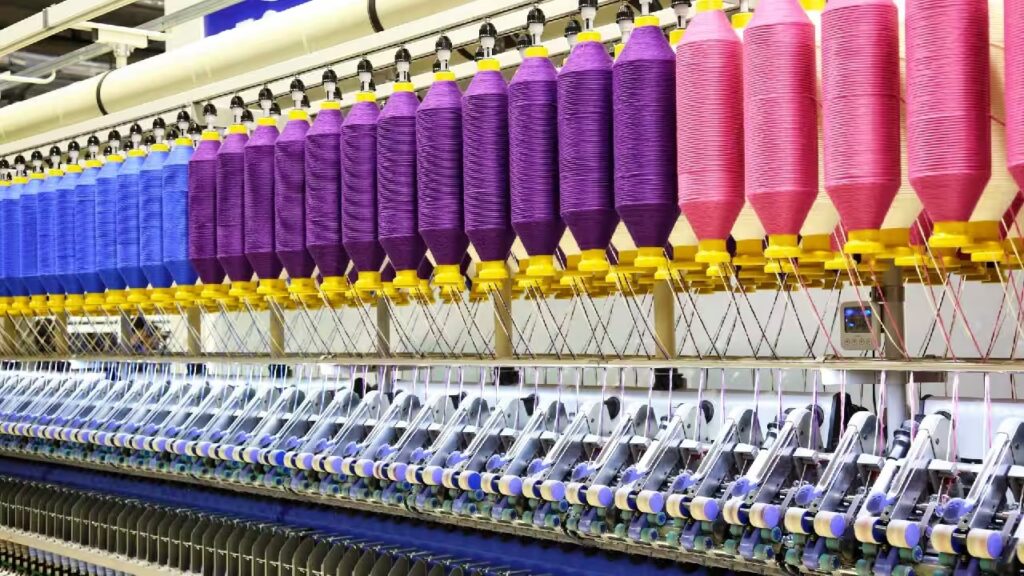
In a move that has sent tremors through the global economic landscape, the United States has recently implemented significant changes to its tariff policies. These adjustments, spearheaded by the current administration, mark a notable shift towards prioritizing domestic industries and aiming to rebalance international trade dynamics. While the full consequences are still unfolding, the immediate and potential impacts on major economies like India and China are already subjects of intense scrutiny.
Understanding America’s Tariff Changes
The recent tariff adjustments by the US are multifaceted. On April 2nd, 2025, the US announced what it termed “reciprocal tariffs” on a vast majority of its trading partners. This included a baseline universal tariff of 10% on all imports, effective April 5th, 2025. Additionally, higher, country-specific tariffs were levied, particularly targeting nations with substantial trade surpluses with the US.
Furthermore, the US has specifically increased tariffs on China. As of April 10th, 2025, the cumulative tariff on Chinese goods has reached a significant 145%, incorporating previous tariffs and the newly imposed reciprocal duties. This substantial increase is a clear indication of the US’s intent to address its trade imbalance with China and encourage domestic manufacturing.
Impact on India
India, a significant trading partner of the US, faces a complex scenario due to these tariff changes. While the initial universal tariff of 10% will affect a broad range of Indian exports, the country-specific reciprocal tariff for India has been set at 26% (initially reported as 27% in some sources). This is considerably higher than tariffs imposed on some other major economies like the European Union (20%) and Japan (24%), but lower than that imposed on China (145%) and Vietnam (46%).
Sector-wise Impact in India:
Several key sectors in India are expected to experience the repercussions of these tariffs:
- Electronics: India’s burgeoning electronics sector, particularly smartphone exports (including Apple iPhones assembled in India), faces increased costs due to the 27% tariff. This could potentially reduce their competitiveness against nations with lower tariff rates. However, India’s tariff rate is still lower than that of China (54%) and Vietnam (46%), which might offer a relative advantage.
- Gems and Jewellery: This sector, a significant contributor to India’s exports to the US, will also be affected by the 27% tariff, potentially making Indian jewellery more expensive for American consumers.
- Textiles and Apparel: With the US being a major market for Indian textiles, the 27% tariff is likely to raise costs for Indian exporters. However, competitors like Bangladesh (37%) and Vietnam (46%) face even higher tariffs, which could present an opportunity for India to gain market share.
- Automobiles and Auto Components: While a blanket 25% tariff on auto imports was already in place, the new reciprocal tariff of 27% adds to the challenges for Indian auto and auto component exporters. Companies with significant exposure to the US market may face reduced demand and increased production costs.
- Agriculture and Processed Foods: Exports in this sector will face a higher tariff burden, impacting the competitiveness of Indian agricultural products in the US market. Specific duties have been levied on items like seafood, meat, liquor, and sugar.
- Pharmaceuticals: Notably, the pharmaceutical sector has been exempted from the reciprocal tariffs. This comes as a significant relief for Indian drugmakers, as the US is a crucial market for India’s generic drug exports. This exemption underscores the essential role of affordable generic medicines in the US healthcare system.
- IT and Software Services: While not directly subject to tariffs, the IT sector might experience an indirect impact if the US economy slows down due to the broader trade tensions, potentially leading to reduced discretionary spending by clients.
- Steel and Aluminium: Indian exporters of steel and aluminium products will continue to face the existing 25% tariffs imposed earlier.
India’s Response and Way Forward:
The Indian government is actively exploring strategies to mitigate the adverse effects of these tariffs. These include:
- Negotiations with the US: India is keen on finalizing a bilateral trade agreement (BTA) with the US to secure concessional tariff rates and maintain its trade competitiveness. Negotiations are reportedly ongoing.
- Diversifying Export Markets: India is focusing on expanding its export destinations to regions like Europe, Africa, and ASEAN to reduce reliance on the US market.
- Boosting Domestic Manufacturing: Initiatives like the Production-Linked Incentive (PLI) schemes aim to enhance domestic manufacturing capabilities and reduce import dependence, thereby improving overall competitiveness.
- Addressing Trade Imbalances: India is also focusing on addressing existing trade imbalances with the US to foster a more balanced trade relationship.
Impact on China
China faces a much steeper increase in tariffs compared to India. The cumulative tariff of 145% on Chinese goods is expected to significantly disrupt trade flows between the two nations. This will likely make Chinese products substantially more expensive for US consumers and businesses, potentially leading to a decrease in demand for Chinese imports.
Key Implications for China:
- Reduced Exports to the US: The high tariffs will make it difficult for Chinese manufacturers to remain competitive in the US market, leading to a potential decline in export volumes.
- Supply Chain Adjustments: Chinese companies may need to explore alternative markets and potentially shift production to other countries to circumvent the high tariffs. Neighboring economies like Vietnam, Malaysia, and Kazakhstan could benefit from this shift.
- Retaliatory Measures: China has already retaliated by imposing tariffs on US goods, further escalating the trade tensions. As of April 12th, 2025, China increased tariffs on US imports to 125%.
- Impact on Specific Sectors: Sectors like electronics, textiles, and various manufactured goods are expected to be heavily affected by the increased tariffs. The ultra-fast fashion industry, which relies on low-value, high-frequency shipments, will also face significant challenges due to increased duties and the closure of the de minimis exemption for small parcels.
Global Economic Uncertainty
The escalating trade tensions between the US and its major trading partners, including India and China, contribute to a climate of global economic uncertainty. This can lead to:
- Financial Market Volatility: The imposition and retaliation of tariffs often trigger volatility in financial markets as investors react to the changing trade landscape.
- Slowed Global Growth: Trade barriers can hinder international trade and investment, potentially leading to a slowdown in global economic growth.
- Increased Costs for Consumers: Tariffs ultimately translate to higher prices for imported goods, which can impact consumers in the importing country.
Conclusion
America’s recent tariff changes represent a significant turning point in global trade. While the US aims to protect its domestic industries and rebalance trade, the consequences for major economies like India and China are substantial and varied. India faces both challenges and potential opportunities, with some sectors being more vulnerable than others. The pharmaceutical sector’s exemption provides a crucial reprieve, while the government’s proactive measures to diversify trade and boost domestic manufacturing will be critical in navigating this evolving landscape.
China, bearing the brunt of significantly higher tariffs, is expected to experience a considerable impact on its exports to the US and will likely need to undertake significant adjustments in its trade and manufacturing strategies. The ongoing trade friction underscores the interconnectedness of the global economy and the potential for such policy shifts to create widespread economic repercussions. The coming months will be crucial in observing the long-term effects of these tariff changes and the responses of the affected nations.

